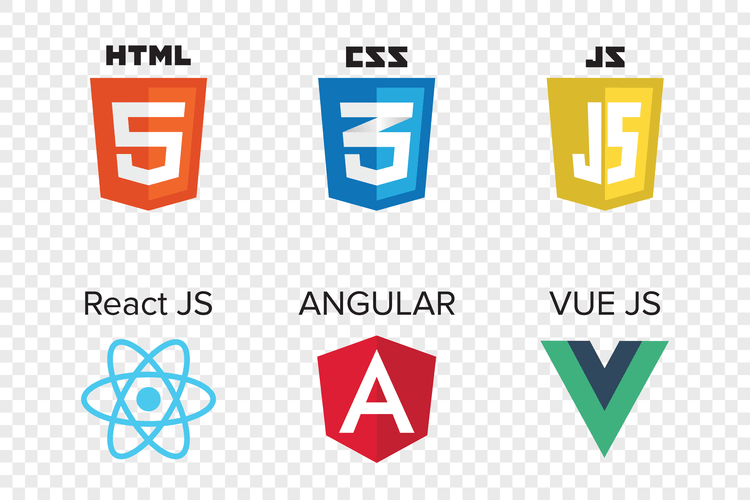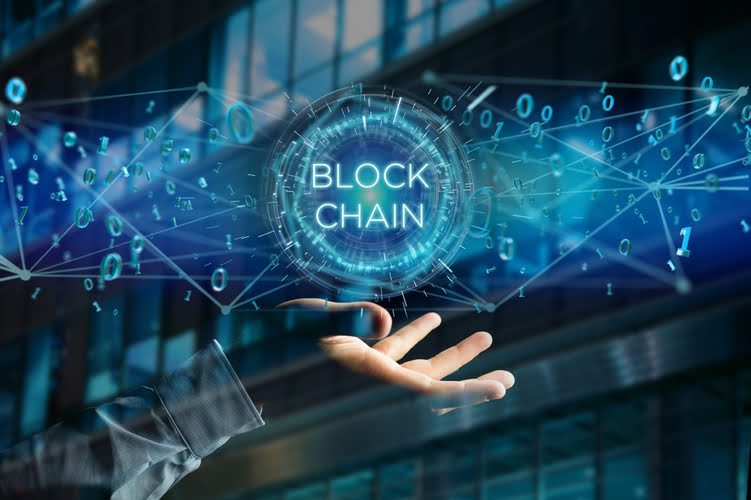1904 04026 Fog Computing Vs Cloud Computing
Fog computing is the term Cisco coined, which implies extending companies past cloud computing to the enterprise’s requirements. It consists of a decentralized surroundings for computing by which the infrastructure offers storage, purposes, data, and computations. This kind of fog computing depends on the computing energy of servers located within the fog layer to process and analyze knowledge. Server-based fog computing is good for functions that require extra computing power than edge devices can present.
- Autonomous automobiles are an instance of fog computing in motion.
- Additionally, given its decentralized nature, fog computing is better suited to supporting extremely dynamic environments or these with low bandwidth connectivity requirements.
- Edge computing brings computing nearer to the source of knowledge, while fog computing extends the capabilities of edge computing by providing additional computing assets and providers to edge gadgets.
- Edge and fog computing could be more expensive than traditional cloud computing, specifically in case you are a small enterprise (SMB) in the early part.
- For occasion, in purposes like IoT (Internet of Things), fog computing enables stakeholders to carry out real-time data analysis on the device level.
Cloud computing suffers from greater latency than fog computing as a outcome of knowledge has to travel back and forth from the data heart, which can take a longer time. In distinction, fog computing can course of information in real time, making it best for latency-sensitive applications. One of the approaches that can fulfill the demands of an ever-increasing variety of linked gadgets is fog computing. It utilizes the local rather than remote laptop resources, making the efficiency extra environment friendly and highly effective and reducing bandwidth points. By 2020, there might be 30 billion IoT gadgets worldwide, and in 2025, the number will exceed 75 billion connected things, in accordance with Statista. All these gadgets will produce huge amounts of data that should be processed rapidly and in a sustainable way.
Companies should evaluate cloud vs. fog computing to make probably the most of the emerging alternatives and harness the true potential of the applied sciences. Today, cloud computing is close to a $500 billion world enterprise, projected by Gartner Research to reach almost $600 billion in 2023. At the identical time, autos can switch knowledge to a central cloud server through WAN to alert different drivers who may want to take any specific route to succeed in their destination.
Fog Computing
Cloud computing could be nice if you provide purposes that don’t require real-time responses. On the other hand, edge, and fog computing frameworks are best suited if your small business presents applications that require fast responses for correct decision-making in real-time. In a standard computing strategy, data that’s collected at a remote location is then moved to a central information heart where the info can be stored and processed — usually for analytical functions. But there isn’t https://www.globalcloudteam.com/ any rule that requires storage and computing to be centralized; that’s just the method that’s evolved over a long time. A community can only handle a finite quantity of data over time (bandwidth), and it takes finite time to move knowledge throughout giant geographic distances (latency). As businesses increasingly rely on ever-greater volumes of knowledge to serve a bigger world audience, networks wrestle to handle the load, and customers should wait longer for responses.
Connecting your organization to the cloud, you get entry to the above-mentioned companies from any location and through totally different gadgets. Moreover, there is not any need to take care of native servers and fear about downtimes — the vendor helps every little thing for you, saving you money. So, edge and fog computing are greatest suited to use cases where the IoT sensors might not have the best internet speed. The processing energy and storage capability of edge computing is the least among the three. Deploying bodily servers and different technological infrastructure can take weeks and even months.
Edge computing is a decentralized computing model that brings knowledge processing nearer to the units and sensors that generate it. Fog computing, however, is a distributed computing mannequin that extends the capabilities of edge computing to a bigger community of devices and sensors. Cloud computing makes use of remote servers or computers throughout the internet to perform information operations, retailer, and manage data as an alternative of utilizing a local computer or server. Cloud computing provides delivery companies directly over the web. The services supplied by Cloud computing can be of any type, such as storage, databases, software, functions, network, servers, and so forth.
In contrast, Fog computing has all of the features just like that cloud computing, together with some further features of efficient and powerful storage and efficiency between techniques and cloud networks. Fog computing is a mediator between hardware and distant servers. It regulates which info ought to be sent to the server and which may be processed domestically. In this manner, fog is an intelligent gateway that offloads clouds enabling extra efficient knowledge storage, processing and analysis. Edge and fog computing could be extra costly than conventional cloud computing, specifically if you are a small enterprise (SMB) within the early part. Deploying and setting distributed computing nodes, checking hardware compatibility, and handling assets require assets and can lead to upfront prices.
Improved User Expertise
Cloud computing depends closely on centralized servers which are positioned far-off from users, which might lead to slower response instances and lag. In contrast, Fog computing distributes assets much more domestically, effectively bringing the processing energy closer to the consumer. Both utilize networks of knowledge facilities which are distributed across completely different locations, permitting for elevated mobility and adaptability in accessing info. However, there are some key differences between the two fashions.

RedSwitches Is a world internet hosting provider providing Dedicated Servers, Infrastructure As a Service, Managed Solutions & Smart Servers in 20 international areas with the latest hardware and premium networks. Cloud computing systems require robust and reliable web connections. It includes a quantity of edge nodes that help you with a direct connection with any bodily hardware. Fog computing vs. edge computing — the difference between these two IoT-related ideas depends largely on whom you ask. Here, we break down 3 ways you may hear these rising terms used and how the terms differ.
Fog Computing Vs Edge Computing: What’s The Difference?
Providers offer cloud computing companies primarily based on server functions, enabling users from any location to entry companies from different gadgets similar to computer systems, mobiles, tablets, etc. Fog computing and edge computing have a number of benefits over traditional fog vs cloud computing cloud computing, notably when it comes to processing information in real-time. This kind of fog computing combines each client-based and server-based fog computing. Hybrid fog computing is good for functions that require a combination of real-time processing and excessive computing energy.

There is a rising want for quick, dependable, and environment friendly computing systems. With the rise of the Internet of Things (IoT) and the proliferation of good gadgets, conventional cloud computing solutions are going through new challenges. Edge computing and fog computing have emerged as potential solutions to those challenges, providing new ways of processing and analyzing knowledge in real time. There is another approach to data processing much like fog computing — edge computing. The essence is that information is processed instantly on gadgets with out sending it to other nodes or information facilities. Edge computing is very helpful for IoT tasks as a end result of it provides bandwidth savings and improved knowledge safety.
This is particularly essential for purposes that require real-time data processing, such as industrial IoT and autonomous autos. Edge computing is a computing architecture that goals to bring computing nearer to the supply of knowledge. It is based on the idea of processing knowledge on the edge of the community, versus in the cloud or in a centralized knowledge center. On the other hand, fog computing extends cloud computing and services to the sting of an enterprise’s network, enabling real-time data evaluation and decision-making. Besides, edge computing takes this functionality a notch greater.
In terms of fog computing vs cloud computing, there are a selection of essential differences to consider. The primary distinction between these two approaches lies in their respective locational awareness. Cloud computing is geo-distributed, that means that it depends on a network of cloud servers that are usually unfold out throughout a quantity of geographical areas. On the opposite hand, cloud computing provides centralized data management and pay-as-you-go models.
However, whereas cloud-based methods are extra weak to exterior threats, additionally they tend to be higher outfitted to deal with refined cyberattacks. For this cause, in terms of safety considerations, the comparison between fog computing and cloud computing finally depends on your particular needs and context. Fog computing has many advantages, such as it provides higher business agility, deeper insights into safety control, higher privateness, and fewer operation. It has an extra layer of an edge that supports and is just like that of cloud computing and Internet of Things applications.
However, in fog networks, the data gets processed at an area level. Fog can also embody cloudlets — small-scale and somewhat powerful information centers positioned at the fringe of the network. Their function is to assist resource-intensive IoT apps that require low latency. For instance, in purposes like IoT (Internet of Things), fog computing enables stakeholders to perform real-time knowledge analysis on the gadget level. This eradicates the need to ship knowledge to the cloud and improves effectivity. Many IT professionals use the terms fog and edge computing broadly and interchangeably to check with the distribution of compute and storage resources at or close to the periphery of the community.
Differences With Edge Computing And Cloud Computing
Retail outlets are a prime instance of edge computing in action. However, using the cloud computing framework would require a safety system to safeguard your information against potential cyber threats. For occasion, you might must deploy cyber asset attack surface management (CAASM) software program to research and resolve potential vulnerabilities and entry points in computing infrastructures. Below are the necessary thing differences between cloud, fog, and edge computing. Described by some as “grid with a enterprise mannequin,” a cloud is basically a community of servers that can retailer and course of data.

It’s right here that the notion of edge and fog computing start to diverge. Fog takes on a broader meaning and might contain storage and compute resources involved in any number of places and interconnections. On one hand, cloud computing is very dependent on having a robust and reliable core network. Without a high-quality community, information can turn out to be corrupted or misplaced, which might have serious penalties for customers.
Edge And Fog Computing Examples
This makes it extremely secure compared to cloud and fog computing. A decentralized edge or fog mannequin allows data to be processed at or close to its level of origin quite than at a distant, in-house information center or cloud. This ends in lower latency for cell and IoT units and fewer network congestion total.